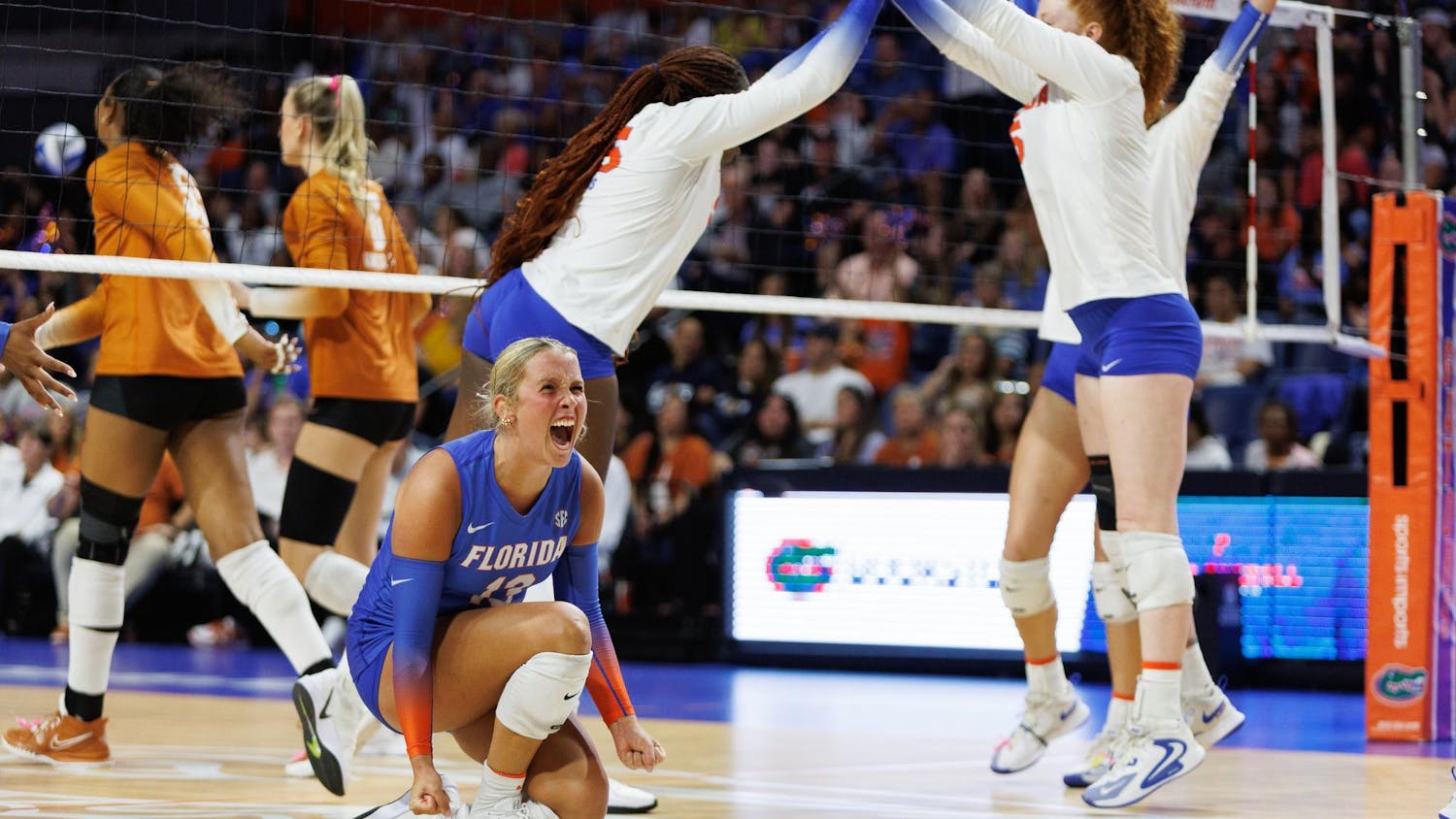A team of UF aerospace engineering students and professors is trying to shrink space's most frequent flyers.
Nicknamed the SwampSAT, a 2-pound, grapefruit-size pico-satellite has been the focus of the aerospace engineering lab for the past year.
As part of an effort to create smaller satellites this fall, the National Science Foundation developed a five-year initiative for the Advanced Space Technologies Research and Engineering Center at UF's College of Engineering and North Carolina State University.
"Nothing like this has ever been done before," said Vivek Nagabhushan, a second-year graduate student working on the project.
Engineers hope to release the project - UF's first-ever satellite - in April as Florida's first orbiting spacecraft, said Norman Fitz-Coy, a UF associate professor of mechanical and aerospace engineering and director of the research center.
Pico-satellites have been around since 2003, and several countries have had them launched. But at about 4 cubic inches, the size of the spacecraft makes it difficult to control its flight path.
The center's goal for SwampSAT is to test a new system to enhance the attitude control, or the stabilization of a satellite, so it's moving evenly through its orbit.
"At 500 kilometers from the earth, a satellite is moving really fast," Nagabhushan said. "If you want to look at a same point four seconds later, you have to rapidly retarget the satellite with great precision."
The benefit of having multiple pico-satellites in space is that a more comprehensive assessment of effected areas during hurricanes, tornadoes or other natural disasters may be provided.
A typical cost for a small satellite may be about $100,000, not including the cost of launching into space, Nagabhushan said. Several sponsor companies and UF internal funds have paid for the team's labor and supply expenses, Fitz-Coy said. After the educational version at UF is complete, the satellite will be ready for NASA missions.
"The smaller it is, the more likely it is to get into space," he said. "Now, you can get an eight gigabyte thumb drive for cheap, and years ago, it was as big as a box. Weight is money in space."





